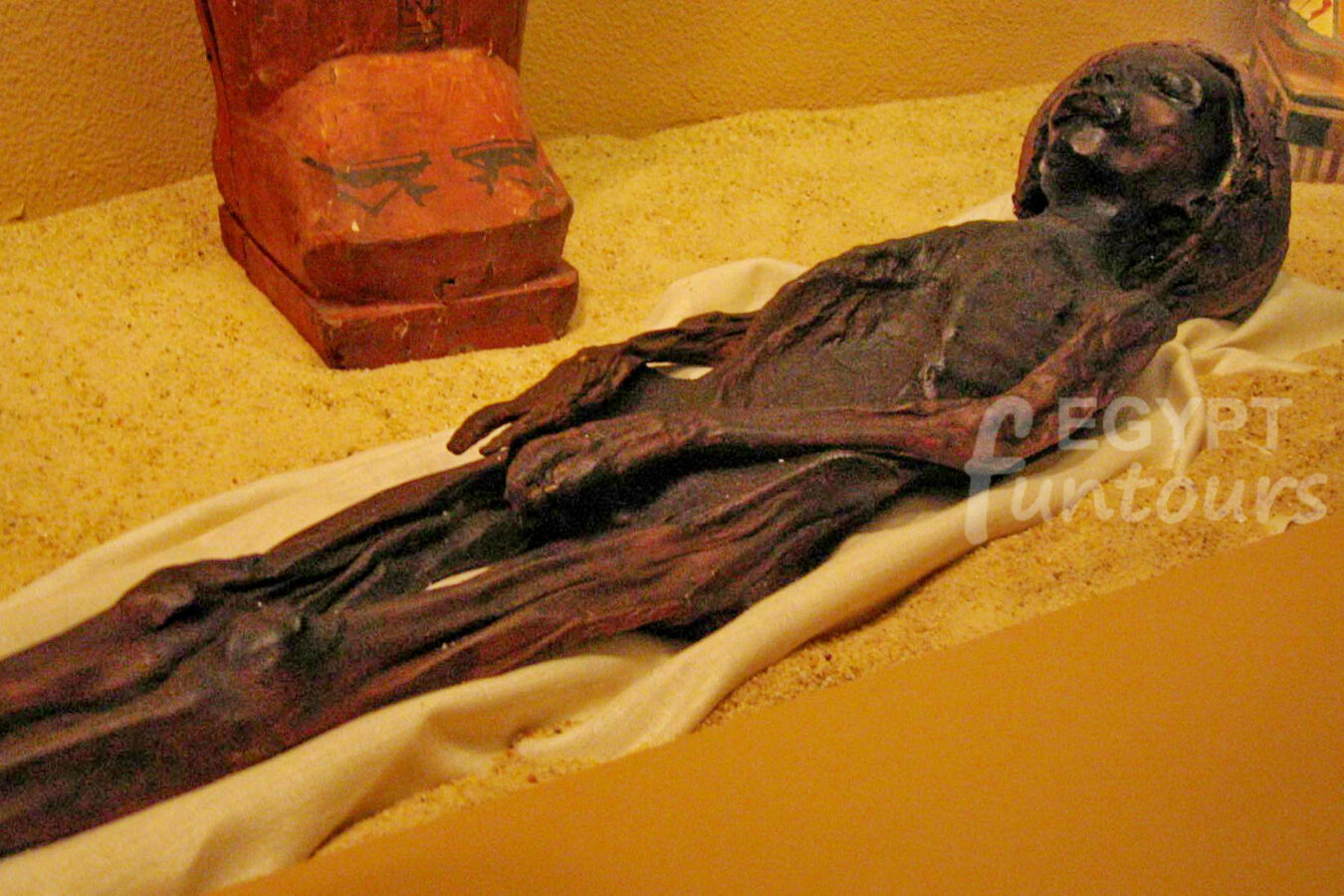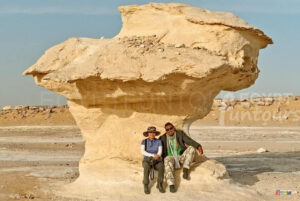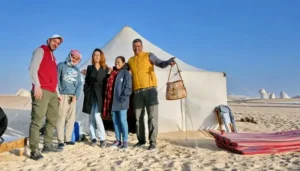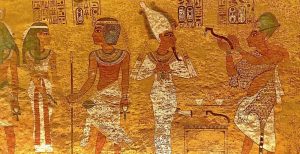You’ve seen the golden masks, the colossal statues, and the royal mummies in Cairo. But have you ever stopped to wonder… how? How did the ancient Egyptians really make a mummy? What tools did they use? What was the 70-day-long sacred process? Welcome to the Luxor Mummification Museum, the “hidden gem” of the East Bank. This is not a vast, overwhelming museum; it’s a small, modern, and perfectly focused museum dedicated to answering that one fascinating question. It is the perfect, air-conditioned stop on your Luxor tour.
My Dream Came True
I had waited 60 years to get to Egypt; in fact, it was my 60th birthday gift to myself. I went with my oldest daughter, and the experience was excellent. It was meticulously planned by the tour company and was designed for me and my daughter. I never had a



































